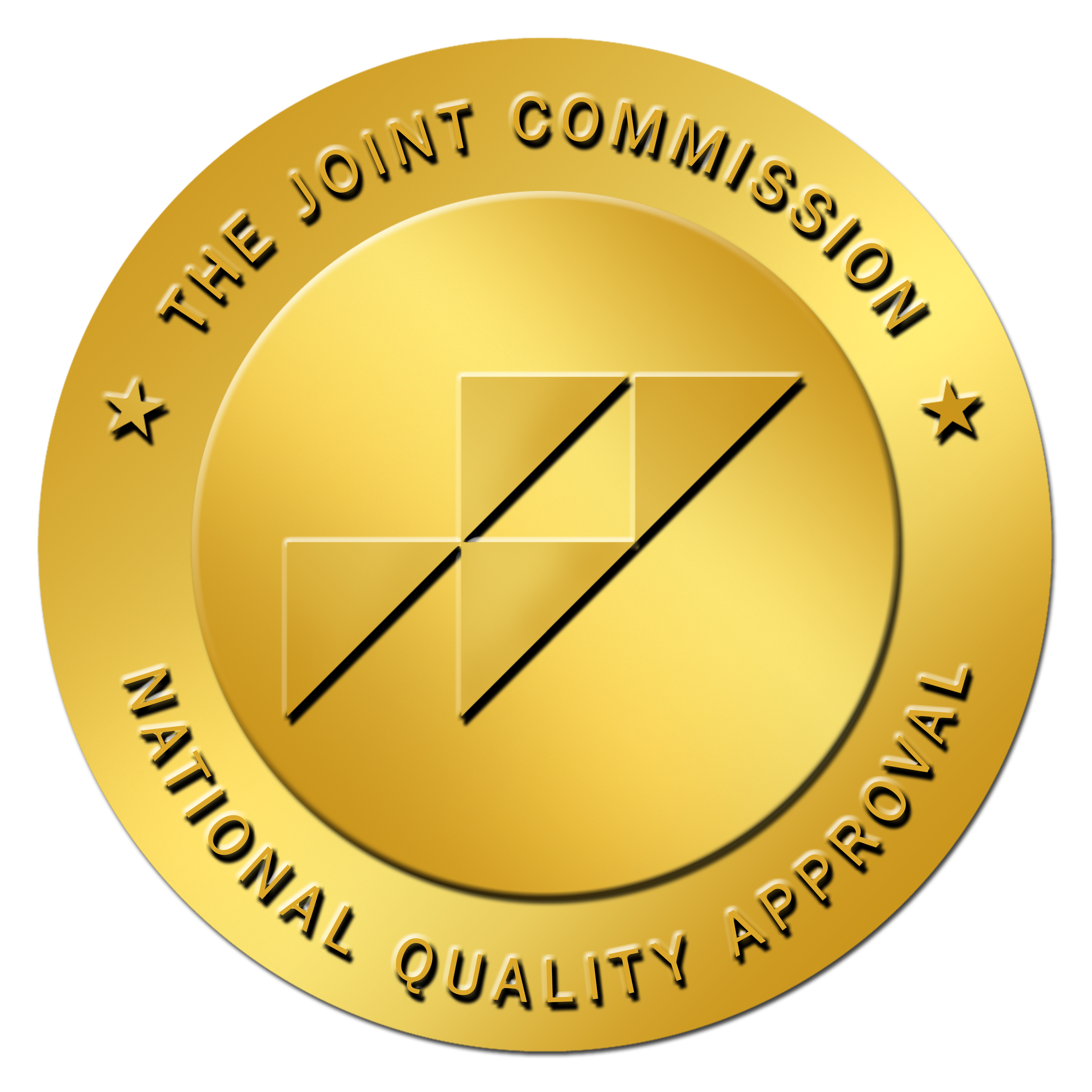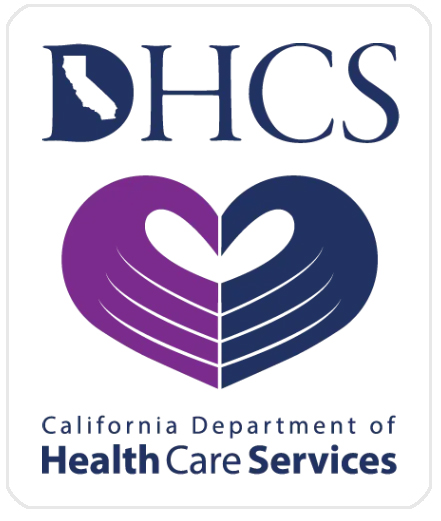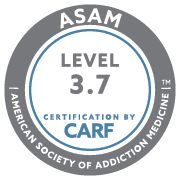
What is Drug Detoxification? What are the benefits and risks? How does this process compare to other forms of rehabilitation? What can it do for the patient? Does it involve the criminal justice system? And what is the cost? Here is some information that will help you decide. Continue reading to learn about the advantages and disadvantages of Drug Detoxification. We will also discuss costs and outcomes. After completing the treatment, you will be better prepared to continue your rehabilitation.
Treatment options
Treatment options for drug detoxification are varied and often offer patients a variety of benefits. Depending on the severity of the problem, some programs may be geared towards specific populations or involve the use of complementary therapies. Some people may prefer luxury amenities or an environment that is more reminiscent of a resort. A program may also be specialized for a particular population, such as a faith-based one. There are several types of programs, and they vary in their costs, duration, and amenities.
The first and most important step in recovery from addiction is seeking professional help. There are several types of detoxification available, but the most effective treatment option depends on the substance being abused. Depending on the nature of addiction, some detox programs are inpatient and others are outpatient. Many people who are unable to find treatment options at home often end up relapsing shortly after detoxification. If you are addicted to drugs, it’s best to seek professional help, since detoxification without treatment can be dangerous and even deadly.
Inpatient rehab or residential detoxification is the most effective method for individuals with less severe addiction problems. Inpatient rehab will provide the necessary support, treatment, and medication management services. The program will also help individuals reintegrate into society, reducing their chances of relapse. A person who is undergoing outpatient rehab will often continue their daily activities while inpatient rehab offers additional benefits. For example, outpatient drug detox allows people to return to their homes while getting treatment.
Withdrawal symptoms will differ from person to person, but typically include nausea, vomiting, sweating, and diarrhea. Additionally, they may experience mood swings and anxiety. In some cases, people will also experience hallucinations, especially if they are abusing multiple substances. The intensity of the symptoms will depend on the severity of the addiction and its effects. If you have a serious addiction to alcohol or other drugs, a medical detox is a good option to ensure the safety of the entire facility.
Among the various options available for substance detoxification, there are several different types of counseling. Group counseling provides an opportunity for a person to meet with other people who have recovered from substance abuse. Most of these sessions are led by licensed therapists, while other 12-step meetings are run by other people recovering from the addiction. In the event that an individual chooses to pursue a course of substance abuse therapy, the treatment plan should include a written agreement between them and the treatment team.
Costs
The cost of drug detoxification can be high. The cost of detoxification will depend on the individual’s insurance coverage and state laws. Insurance policies will also cover certain pre-existing conditions. Fortunately, the Affordable Care Act has changed the health insurance landscape and covered addiction recovery services as an essential health benefit. The first step toward recovery is entering treatment. Here are some tips on how to reduce the costs of drug detoxification.
Depending on the type of treatment you need, 30-day treatment programs can cost from a couple hundred dollars to several thousand dollars. Some programs may cost less per day, but overall the cost will be more expensive. Longer detox programs will typically be less expensive than short programs. Inpatient rehab programs often require more facilities and intensive treatment. Choosing the right option will depend on the individual’s needs, type of insurance, and length of stay.
The costs of drug detoxification vary depending on the type of treatment. Inpatient detoxification costs slightly more than outpatient treatment. Outpatient treatment costs less than half as much as inpatient detoxification. However, there are some advantages and disadvantages to both options. An inpatient detoxification program has a higher success rate and less cost per abstinent client. However, this type of treatment is not cost-effective for those who do not have a high risk of relapse, and the risks are high for those who are not compliant with treatment.
The cost of inpatient detox varies greatly depending on the type of treatment you need. An inpatient program may cost up to $20,000 for a 30-day stay, while an outpatient detox program can cost as little as $1,000 to $1500. This is an excellent option if you want to minimize the drug detoxification cost. A detox center should be able to provide you with 24/7 access to its facilities and medical staff. When you choose a program, make sure you carefully compare prices and amenities and choose one that will meet your specific needs.
The length of treatment is another factor in the cost of drug detoxification. For example, a 24-hour inpatient program may be necessary for a person with severe addiction issues. A 24-hour inpatient program may be necessary for those with severe addiction issues, while outpatient detox may be suitable for those who want to maintain their outside responsibilities. The only disadvantage to outpatient detox is that it lacks round-the-clock supervision and support. In addition, it may increase the risk of relapse.
Outcomes
During drug detoxification, results of stabilization are important. This process involves a variety of medical and psychosocial processes that help patients cope with acute intoxication and withdrawal from drugs. It also involves establishing the patient’s role in the treatment milieu and filling in any relevant information regarding the patient’s background and social situation. The process also involves involving the patient’s family members or other significant people in the recovery process.
When undergoing a medical detox, the doctor will decide on the best course of treatment based on the patient’s level of addiction and the severity of symptoms. Sometimes, medications may be prescribed to ease withdrawal symptoms. While most inpatient facilities use medical procedures to detoxify patients, there are also some options for outpatient detoxification. The best option for the patient is usually a detoxification center or a rehabilitation program, as these options are the most comfortable and safe.
A medical program generally consists of a combination of pharmacological and psychological components that aim to limit withdrawal symptoms. The goal of detoxification is to eliminate the harmful effects of narcotics while limiting their psychological and social consequences. The pharmacological operator can also help to limit the amount of withdrawal symptoms that a patient may experience. The pharmacological operators will work with the patient to ensure the success of the detoxification process.
While alcohol and drug detoxification can be a painful experience, a medical professional will work with you to develop an appropriate plan for treatment. The process can be hazardous if the patient has a co-occurring medical condition or is using multiple substances. The best way to cope is to work with a medical professional and undergo the drug detoxification process with the help of medication and medical supervision. In addition to drug detoxification, alcohol is also a common side effect of detoxification.
The length of drug detoxification varies widely. It may take days or weeks to detoxify an individual from a certain substance. The time frame during which detoxification takes place also depends on the amount of substance used, the amount of drug, the duration of the use, the patient’s physical condition, and any other medical conditions that may contribute to the substance use disorder. In addition, some people take longer than others to overcome the addiction, particularly those who have a mental health condition and/or multiple substances.
Criminal justice involvement
There is a significant gender difference when it comes to drug detoxification patients with varying levels of criminal justice involvement. Compared to men, women have more lifetime arrests and higher rates of first-time arrests. These differences are most prevalent in men with higher justice involvement. However, women who have low levels of justice involvement do not necessarily have less incarceration in their lifetime. Instead, the opposite may be true.
The key to successful drug treatment processing is assessment, comprehensive treatment, and ongoing monitoring. While drug treatment programs are often mandated by the criminal justice system, they are also often a crucial part of incarceration. Drug courts are specialized courts devoted to drug offenses, and they often mandate treatment as a condition of probation, parole, or jail time. These courts also monitor the progress of drug-involved offenders and arrange for other services that support their recovery.
A further important issue to consider is how the Justice Department uses drug-detox patients. Many programs have strict guidelines for the admission of PWUO and naloxone knowledge, and they do not include all PWUO. In addition to assessing the level of drug use, the Justice Department must also assess whether the current policies divert PWUO with the highest risk of overdose. These reforms must address these issues and implement OEND within the addiction treatment setting.
According to the National Institute on Drug Abuse, approximately 50% of adult male arrestees test positive for at least one-NIDA-5 substance. The rates are much higher in certain regions. Moreover, there are higher rates of drug use amongst adult males in San Antonio. This fact alone should make it possible for the Criminal Justice System to address the issue and make it a priority in drug treatment. This issue, however, is far from clear.






